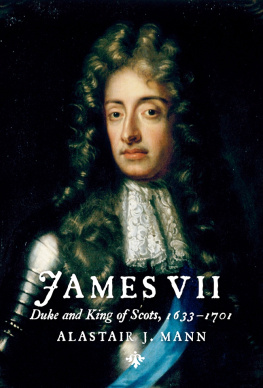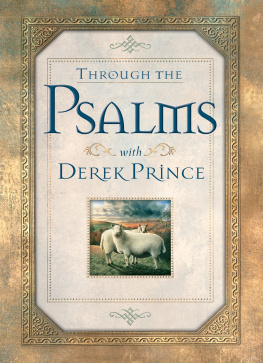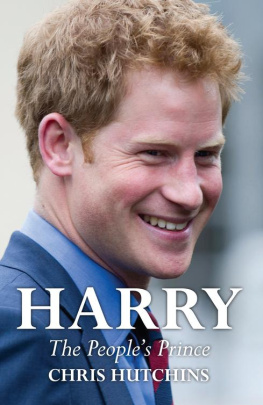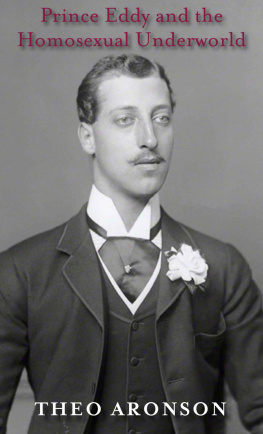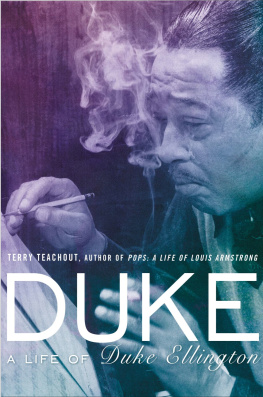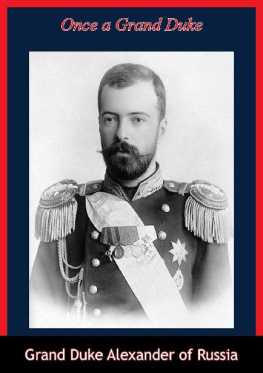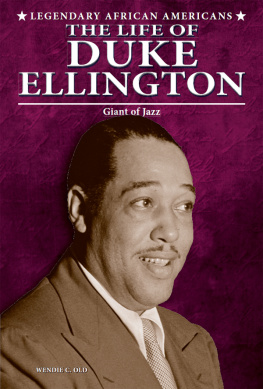First published in Great Britain in 2016 by
Pen & Sword Military
an imprint of
Pen & Sword Books Ltd
47 Church Street
Barnsley
South Yorkshire
S70 2AS
Copyright (c) Derek Winterbottom 2016
ISBN: 9781473845770
PDF ISBN: 9781473845800
EPUB ISBN: 9781473845787
PRC ISBN: 9781473845794
The right of Derek Winterbottom to be identified as Author of this Work has been asserted by him in accordance with the Copyright, Designs and Patents Act 1988.
A CIP catalogue record for this book is available from the British Library.
All rights reserved. No part of this book may be reproduced or transmitted in any form or by any means, electronic or mechanical including photocopying, recording or by any information storage and retrieval system, without permission from the Publisher in writing.
Typeset in Ehrhardt by
Replika Press Pvt Ltd, India
Printed and bound in England
By CPI Group (UK) Ltd, Croydon, CR0 4YY
Pen & Sword Books Ltd incorporates the imprints of Pen & Sword Archaeology, Atlas, Aviation, Battleground, Discovery, Family History, History, Maritime, Military, Naval, Politics, Railways, Select, Social History, Transport, True Crime, and Claymore Press, Frontline Books, Leo Cooper, Praetorian Press, Remember When, Seaforth Publishing and Wharncliffe.
For a complete list of Pen & Sword titles please contact
PEN & SWORD BOOKS LIMITED
47 Church Street, Barnsley, South Yorkshire, S70 2AS, England
E-mail:
Website: www.pen-and-sword.co.uk
Contents
List of Illustrations
Maps
Plates
1. A youthful Prince Frederick, aged about eighteen, by A. Ganz
2. King George III, after Johann Zoffany
3. Caricature by James Gillray of the duel between the Duke of York and Lieutenant Colonel Charles Lennox on Wimbledon Common, May 1789
4. The Duke of York, aged twenty-four, after Sir Joshua Reynolds
5. Caricature by James Gillray showing Prince Frederick with his new bride, Princess Frederica of Prussia, November 1791
6. Wax relief by Thomas Poole depicting the Duke of York and his brother the Prince of Wales
7. King George II with the Prince of Wales and the Duke of York, after C. Tomkins
8. The Duke of Wellington at the battle of Waterloo, June 1815
9. The Duke of York, aged thirty-one, after John Hoppner, 1794
10. The Duke of York, aged forty-four, after Sir William Beechey, 1807
11. A miniature of Mary Anne Clarke by Adam Buck, 1803
12. Mary Anne Clarke, after Thomas Rowlandson, 1809
13. Frederica, Duchess of York, after Sir William Beechey, 1802
14. Monument to the Duchess of York by Sir Francis Chantrey, St Jamess Church, Weybridge
15. The Duke of Yorks memorial column and statue in Waterloo Place.
16. The Duke of York in 1822, after Sir Thomas Lawrence
17. The newly cleaned Duke of York monument, 2015
18. Sir Richard Westmacotts statue of the Duke of York on top of the memorial column
19. Statue of the Duke of York on the Esplanade, Edinburgh Castle, by Thomas Campbell
20. Statue of the Duke of York on the main staircase of the Institute of Directors (formerly the United Service Club), by Thomas Campbell
21. A commemorative medallion struck in 1827 to mark the death of the Duke of York
Preface
I decided to write this book because, as a part-time Londoner, I had for long admired the Duke of Yorks column. Having walked past it one sunny day on the way to have lunch at my Club in Mayfair, I happened to mention it to those at the table, very few of whom though aware of the column knew much about the man it honoured. The duke has not had many biographers: two rushed into print in the year of his death, itself a testament to his popularity at the time, but one of them, Robert Huish, has not enjoyed a good reputation for reliability. The other, John Watkins, produced a work packed with information, much of it very detailed, but of a selective nature and full of lengthy digressions.
It was more than a hundred years before anyone else attempted to relate the dukes story and during that time the Victorians had passed a stern verdict on the scandals of the Regency and the loose morality of George IV and his circle. Sir Roger Fulford, himself a politician as well as an historian, edited the diaries of Charles Greville and then, in 1933, published a brilliant book, Royal Dukes, a witty, irreverent but also scholarly account of the lives of George IVs brothers, fifty pages of which are devoted to the Duke of York. Finally, in 1949, Lieutenant Colonel Alfred Burne DSO, soldier and military historian, published his carefully researched military study. This was prompted by the fact that Burne had found himself, in the closing years of the First World War, fighting over terrain that would have been familiar to the duke in 1793 and 1794, and wondering whether he deserved his reputation of being, as he put it, an amiable dolt, a dull dunderhead, or an incompetent nincompoop.
Without whitewashing York in any way, Burne produced a balanced judgement on his military career and I could not have written this biography without frequent reference to his book which has been validated and amplified by subsequent military historians, especially Professor Richard Glover, to whose work I am also indebted. However, I have attempted to present the duke in the round and to set his life story against the eventful times, military, political and social, in which he lived. In addition, I have tried to produce a theory about the source of the famous Grand Old Duke of York nursery rhyme which I think is far more realistic than the long-held assumption based on no sure evidence that it was a critical joke at Yorks expense.
My thanks to friends at the Savile Club whom I have bored from time to time about the duke, and especially to Robert Harding, who made available to me a fine contemporary caricature in his private collection. Andrew Murray found time, despite being in the middle of moving house, to walk across to the Esplanade at Edinburgh Castle and photograph the dukes fine statue there, and Don Oliver provided information about his home town of Woodbridge. Anthony and Lorna Hamilton made visits to Oatlands and Weybridge possible, and I am grateful to the London Library, the Institute of Directors and the National Portrait Gallery for their help and co-operation.
Derek Winterbottom
Isle of Man, 2016
Chapter One
Family
F rederick, Duke of York and Albany, was the second son of King George III of Great Britain. His elder brother, later King George IV, lived a life of great debauchery and was often in seriously bad health and although he had one legitimate child, a daughter, she died tragically young. This alone made Frederick a person of great political importance in his day, courted by both the Whigs and the Tories as heir presumptive to the throne. He was his fathers favourite son and (most of the time) his elder brothers best friend, so he had a lot of influence over the two men who reigned in his lifetime. In two separate campaigns he commanded British forces overseas and he was Commander-in-Chief of the Army for twenty-nine years. During this time he introduced vitally important reforms and presided over the defeat of Napoleonic France. He founded the military academy that became Sandhurst and in London he was connected with fine buildings such as Lancaster House, the Albany and the Duke of Yorks former barracks in Chelsea. Alone among British royalty, his statue stands high on a pillar in central London that predates Nelsons column and is only slightly shorter. In folklore he is commemorated by a world-famous jingle and in his lifetime he lost huge sums on the turf and through playing cards badly; he also found himself at the centre of a corruption scandal so great that the case was tried by the House of Commons.


